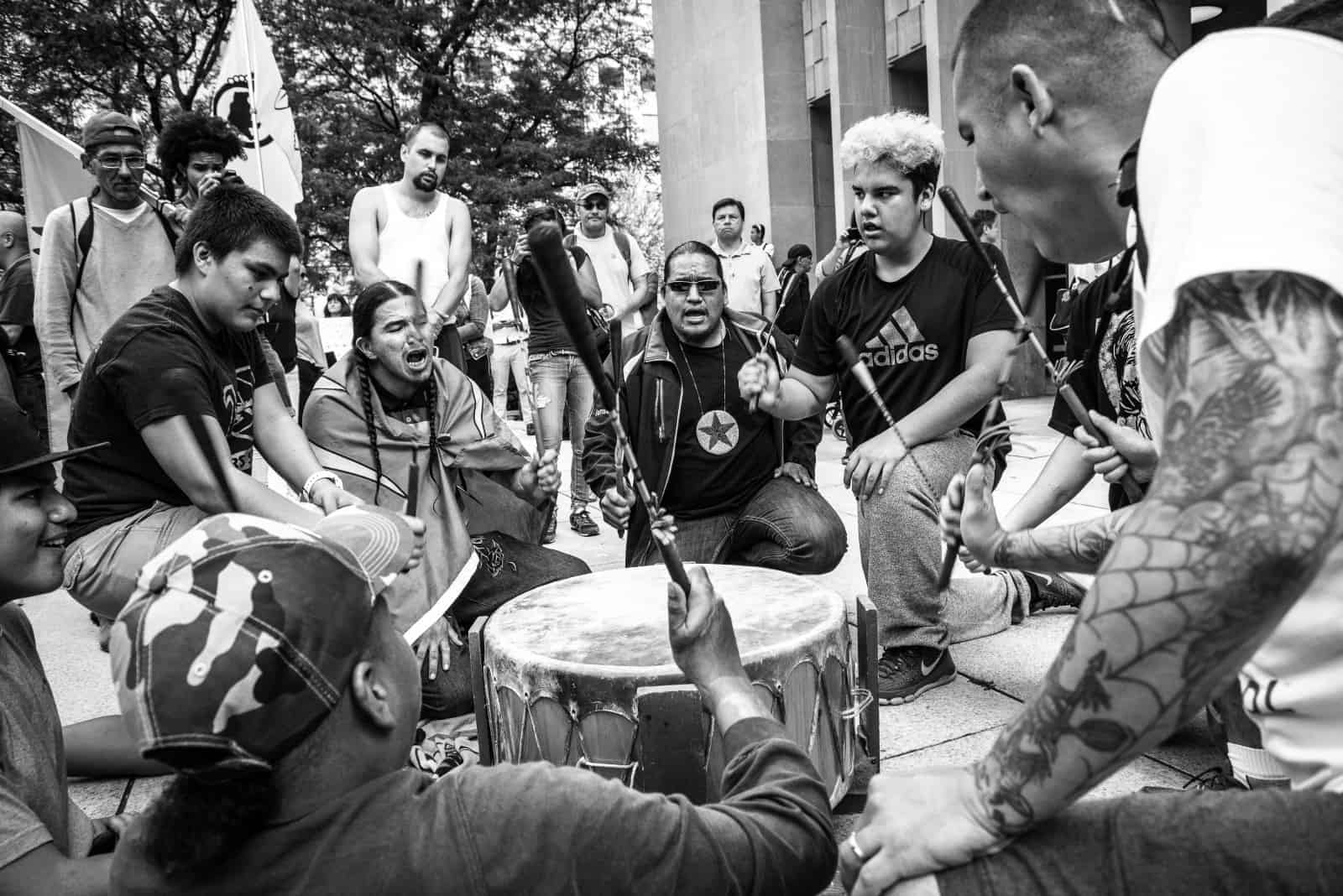- About
- Research
-
-
- Special Reports & Features
- Braiding Accountability: A Ten-Year Review of the TRC’s Healthcare Calls to Action
- Buried Burdens: The True Costs of Liquified Natural Gas (LNG) Ownership
- Pretendians and Publications: The Problem and Solutions to Redface Research
- Pinasunniq: Reflections on a Northern Indigenous Economy
- From Risk to Resilience: Indigenous Alternatives to Climate Risk Assessment in Canada
- Twenty-Five Years of Gladue: Indigenous ‘Over-Incarceration’ & the Failure of the Criminal Justice System on the Grand River
- Calls to Action Accountability: A 2023 Status Update on Reconciliation
- View all reports.
- Special Reports & Features
-
-
- Yellowhead School
-
- The Treaty Map
- LIBRARY
- Submissions
- Donate
LAST WEEK THE ASSEMBLY OF FIRST NATIONS hosted a national meeting on the federal government’s proposed “Rights, Recognition and Implementation Framework”. This is legislation purporting to affirm constitutional rights, move communities away from the Indian Act, and articulate a vision of self-government. While Yellowhead published a critique of the Framework as it was emerging last June, and others have also raised concerns, this meeting was actually the first time the government presented a substantive proposal.
The proposal was met with resistance by most of the elected First Nation leadership who were present, justifiably so. As suspected, Canada is seeking to entrench a version of contemporary state-Indigenous relations merely re-branded as reconciliation.
There Are Three Major Concerns With The Approach
First is the role of the provinces and territories, or rather their lack of any role in this process. Canada insists rights recognition “must respect division of powers” and must not “encroach on provincial and territorial jurisdiction”. This is repeated throughout their document for emphasis—to the point that the proposal reads like a defence of Canadian federalism from the threat of Indigenous rights. A Recognition and Implementation of Provincial Rights Framework.
But any serious recognition of Indigenous rights means land. Land and resources are, of course, under the constitutional purview of provinces. Without engaging them meaningfully to address land restitution, there can be no recognition of rights.
For all the talk of self-determination and a new approach to Aboriginal title, we can expect very little change in the relationship if provinces are not prevented from further dispossessing Indigenous peoples from their lands and shaping policy that harms communities.
Second, it is now clear that the legislation is primarily a tool to empower the federal government to recognize “legitimate” self-governing First Nations. Somehow immune to the irony of this approach, the drafters of Canada’s plan double-down on federal authority over First Nations, as opposed to “get(ting) out of the way” as Minister of Crown-Indigenous Relations Carolyn Bennett asserted at the AFN meeting last week.
Deviating from existing self-government policy, this legislative process will require new institutions to facilitate recognition in one of two ways:
- Expert advice on recognition could be offered by an independent body that is temporary and unique to each First Nations’ circumstances;
- A more permanent body and with a wider range of responsibilities that could include resolving disputes and funding “nation-building” practices.
In either case, they will limited to making recommendations to the Minister (and Cabinet), an approach that solidifies the age-old Indian policy principle of Ministerial discretion.
Third, and perhaps most telling of the government’s bait-and-switch on Indigenous rights, is the non-committal approach to any notion of fulsome Indigenous jurisdiction whatsoever.
On Aboriginal title, the legislation “may” recognize it or its “coexistence” alongside Crown title, instead of, you know, recognizing it (as courts have done). And on the United Nations Declaration on the Rights of Indigenous People (UNDRIP), Canada will “align with the articles” of UNDRIP, as opposed to implementing them. This sort of hedging may be the enduring feature of the Trudeau government’s Indigenous relations.
Beyond the discursive tools to limit jurisdiction, there are also the elements of Canada’s proposal that describe First Nation authority specifically. First Nations may determine membership, develop internal governance processes (rule-making, financial management, delegation powers, etc.) and make laws respecting language and culture. That’s it. But these are “powers” band councils already have access to through a custom code process.
Indeed, the legislation proposal seeks to make law what Indian Act exit opportunities have existed in policy for at least 30 years
The Federal Court of Appeal’s TransMountain decision condemned Canada’s approach to consultation as note-taking. Canada’s 89 “engagement sessions” with communities on the Framework included much criticism but no indication that those concerns altered the path of the proposed legislation. Last week the Prime Minister “berated” Saskatchewan Chiefs for taking too long to express their concerns in a meeting. Finally, despite uncertainty and calls for a re-start of the Rights Framework process by First Nation elected leadership, Canada pushes ahead on its own timeline.
I think we can confirm that caution is justified.
In the coming weeks Yellowhead will follow this analysis with Briefs that speak to the legal implications of the Framework as well as the exclusion of urban communities and the plethora of policies and related laws – from fiscal relations to housing – that are being overlooked.
Citation: King, Hayden. “Canada’s Indigenous Rights Framework: A (Bad) Proposal Emerges.” Yellowhead Institute. 19 September 2018, https://yellowheadinstitute.org/2018/09/19/canadas-indigenous-rights-framework-a-bad-proposal-emerges/
Image by Stan Williams

